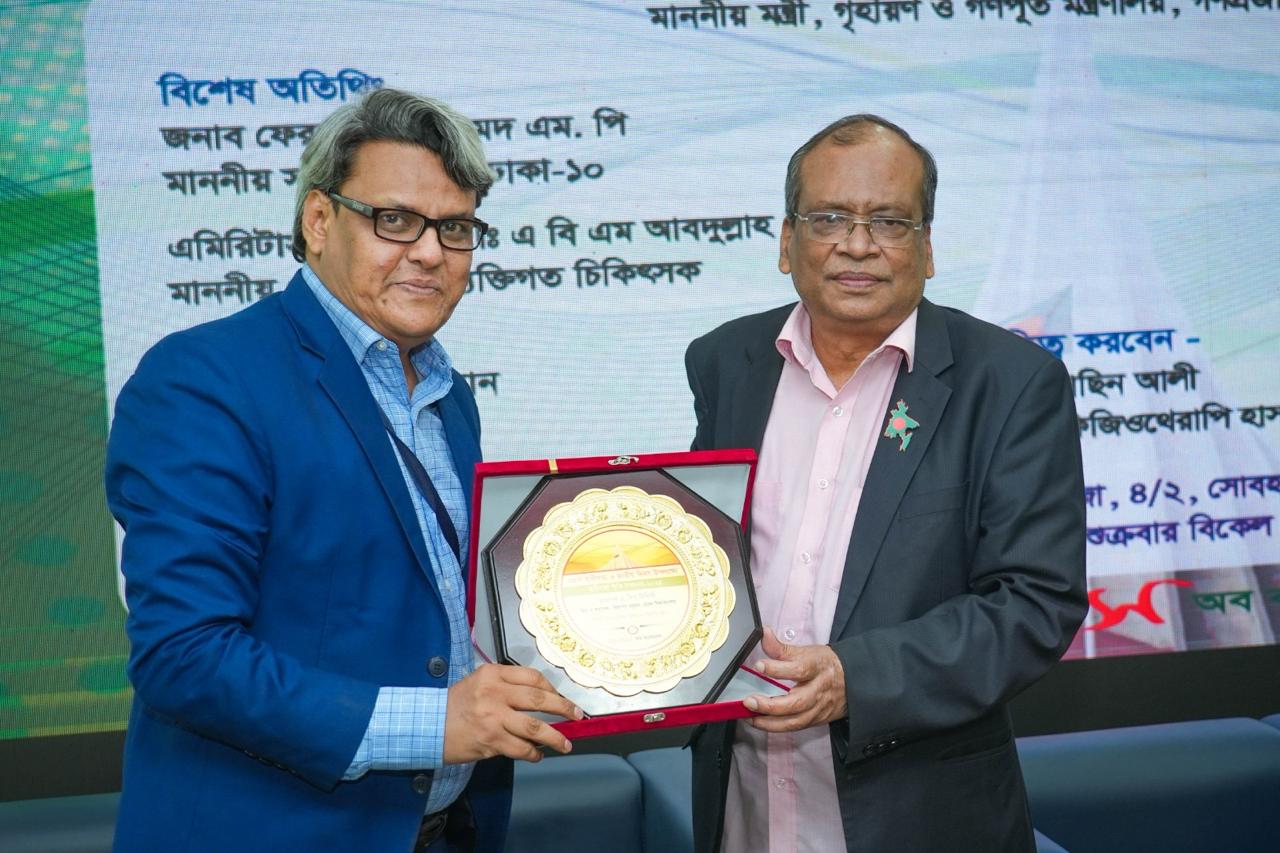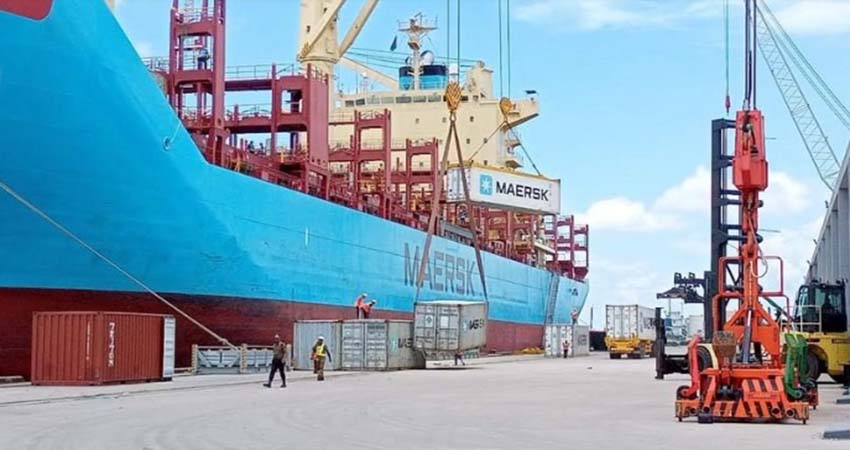What do Sundar Pichai, Satya Nadela, Parag Agarwal, Shantanu Narayen and Arvind Krishna have in common? They are all Indian-origin CEOs leading major tech companies. In recent years, we have seen many Indian-origin professionals taking up lead roles in major tech companies. That ascent didn’t take place in one day. Over decades, our neighbouring country has built itself up in the IT sector.
Currently, India accounts for more than 18 percent of the global IT spend, according to Statista, a company specialised in market and data. In the fiscal year 2021, the total revenue generated by export from the country’s IT industry was $150 billion. To understand how big it is – all industries of Bangladesh exported roughly $39 billion in that fiscal year.
While there are many reasons behind India’s success in the IT industry, we can talk about three of them today. They had an energetic and young workforce willing to take risks and learn new skills. They also started early in the sector, during the days of Web1.0. And they have been persistent and focused over the last decades. For Bangladesh, Web3.0 creates a similar opportunity to become a talent hub and carve out a respectable position in the tech space.
What’s Web3.0? In short, it’s a new type of internet service that was built using decentralised blockchains. While most of Web3.0’s hype is around cryptocurrency and crypto assets, the silent opportunity lies in the technology that enables them.
Like India, Bangladesh boasts a young population that’s open to new technology and willing to take risks. Close to 45 percent of Bangladesh’s population is aged under 24, according to IndexMundi. For this group, getting a job in a multinational company or government service has remained a key career goal. But that trend is slowly changing. In recent years, the younger generations have been looking towards the internet to create a living. We’ve seen the rise of social media influencers, content creators and freelancers. The ICT Division reported that there are well over 500,000 freelancers in Bangladesh, making it the country with the 8th largest pool of freelancers in the world.
For these groups, Web3 possesses an exciting opportunity. The Web3.0 ecosystem is still new and in need of skilled developers. In 2021, there has been a 67 percent increase in the demand for Web3 talent. That demand, coupled with a growing interest from the Bangladeshi younger generation, can make it a strong contributor to Web3 development.
Web3’s infancy as technology also allows Bangladeshi talent to start and grow with the technology. The infrastructural changes in the country, investment in internet and connectivity and the government’s focus on building a Digital Bangladesh have allowed 47 million people to access the internet in 2021. Such enablement created a sizable market for startups, easier ways of working for freelancers, and a large audience for content creators. The investors of the world are also taking notice. In 2021, 53+ startups cumulatively raised a record amount of funding in a year. And that’s just scratching the surface.
While there are similarities in these two areas, Bangladesh will need to handle some challenges due to changing times as well. Bangladeshi talents may not enjoy similar immigration facilities as past immigrants did. Many immigrants from our neighbouring countries moved to tech hubs of the world, including Silicon Valley. They gained knowledge, moved to top positions, and some of them eventually went back to their home countries to create something there.
Unfortunately, the world has become less immigration friendly in recent years. However, the pandemic has created a positive alternative, in the form of remote work. With the right policies and infrastructure, Bangladeshi talents can start working with top Web3 companies like Consensys or Coinbase and move to tech hubs when the opportunity arises.
The other challenge is embedded in Web3 technology. Without access to cryptocurrencies, developers may not get paid for their effort. They might not be able to explore the full power of the technology either. Bangladesh government’s carefulness with cryptocurrency is understandable. But to grow with this trillion-dollar industry, the government needs carefully balanced policies that’d protect the country from undue risks.
However, if the country can successfully grab this opportunity, Bangladesh may see an increase in brain drain. Bangladesh’s brain drain score is already quite high, as the country ranks 30th in the global index. But brain drain may not be a bad thing if it can be reversed. Firstly, such rankings provide better insight if they are observed over time. For example, in 2007, India was in the 43rd position but has now moved to the 90th. By changing the country’s economic outlook, India is reversing the brain drain. Bangladesh can also do that in due time. The reversed brain drain can even be better for the economy as it will help the country in unprecedented ways. The Bangladeshis would come back as seasoned professionals with their contacts, skills, and knowledge to move the country forward.
The road to making the most of this opportunity is not going to be an easy one. There must be policies to support talent, and education facilities to improve their skills and communication. But with consistent and concerted efforts, Bangladesh can make a strong mark on the Web3 space. That will only help Bangladeshi talent and strengthen the Bangladesh brand on the global market.
Web3.0 might be the silent opportunity Bangladesh needs



















